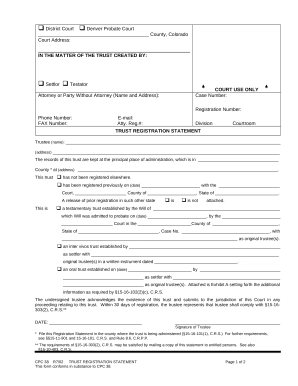

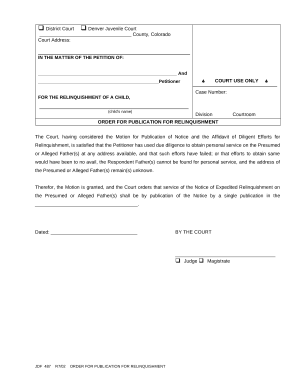
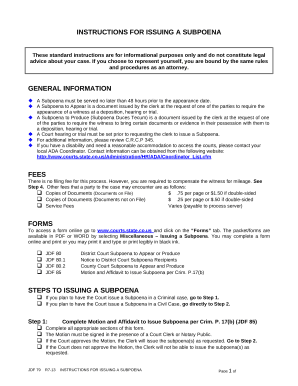
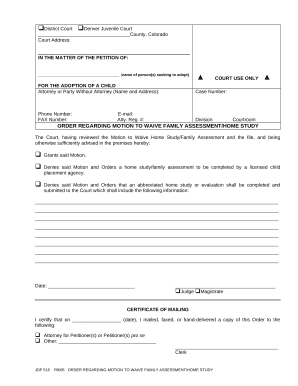
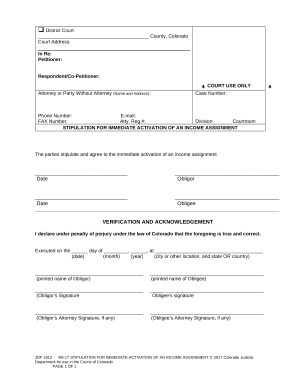
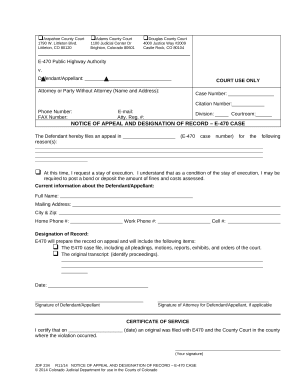


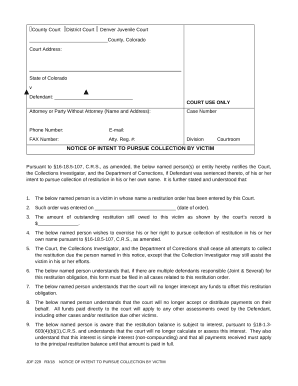


Form management consumes to half of your business hours. With DocHub, it is easy to reclaim your time and enhance your team's productivity. Get State Specific Legal Forms Colorado online library and check out all document templates related to your day-to-day workflows.
The best way to use State Specific Legal Forms Colorado:
Boost your day-to-day document management with our State Specific Legal Forms Colorado. Get your free DocHub profile right now to discover all forms.